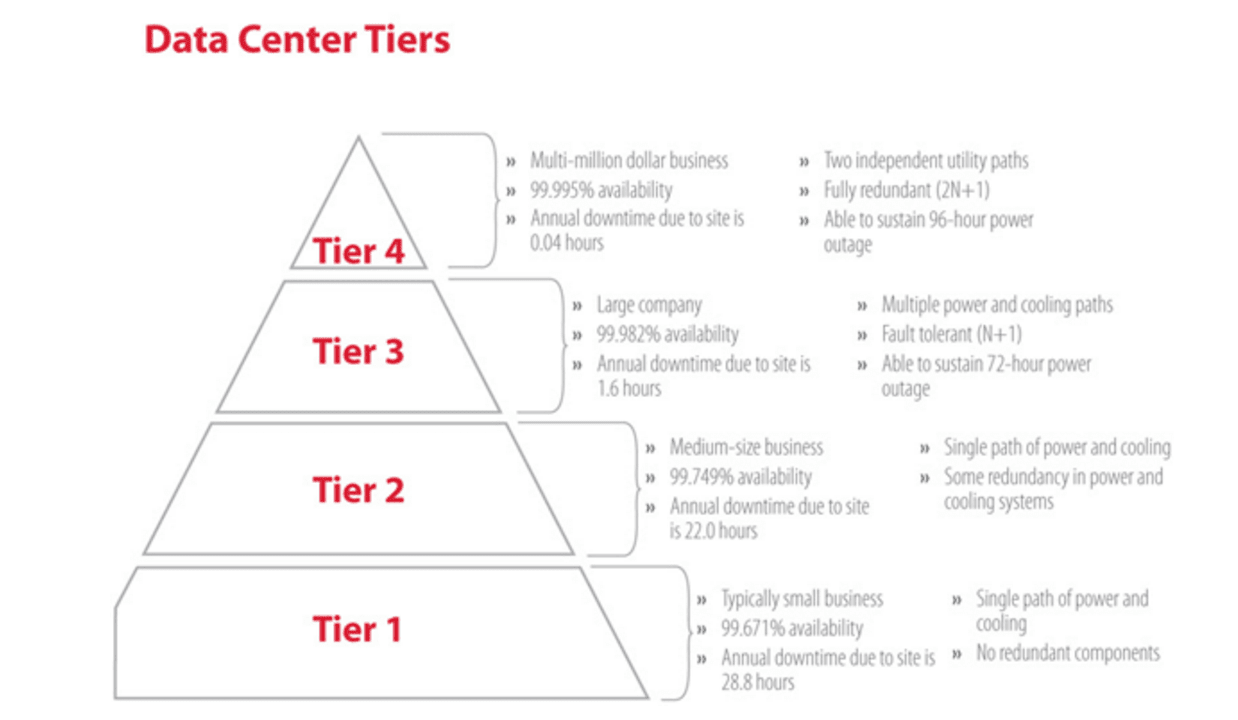Examining the Interaction Between Firm Redundancy and Business Versatility for Future Development
In the dynamic landscape of today's business globe, the intricate relationship between firm redundancy and organizational flexibility arises as an essential variable for sustained development and success. Firms commonly deal with the challenge of striking a delicate balance between preserving a degree of redundancy to mitigate dangers and fostering adaptability to react promptly to the ever-evolving market needs. This delicate interaction holds the key to not only surviving in turbulent times yet likewise flourishing when faced with uncertainty. As we explore the multifaceted measurements of this interaction, fascinating insights right into exactly how companies browse these intricacies to lead the way for future development await.
Relevance of Company Redundancy
Firm redundancy is an important component that boosts business strength and mitigates operational risks. By integrating redundancy measures within the business structure, firms can better hold up against unpredicted interruptions and changes in business setting. Redundancy acts as a strategic barrier, enabling business to adapt and react successfully to unanticipated difficulties without endangering crucial procedures.
One trick element of the value of firm redundancy is its role in making sure continuity during times of dilemma. When confronted with abrupt adjustments or emergencies, repetitive systems, sources, or employees can action in to maintain important features and protect against extensive disruptions. This connection not only safeguards the business's online reputation and client depend on but also lessens financial losses and functional downtime.

Approaches for Business Flexibility

Another crucial approach is purchasing modern technology and framework that can support adaptability and scalability. Carrying out electronic tools, automation, and information analytics can improve operations, improve performance, and give beneficial insights for notified decision-making. Additionally, producing adaptable organizational structures that enable for fast adjustments to market dynamics and consumer requirements is crucial for remaining affordable in a swiftly evolving environment. By proactively determining potential disruptions and opportunities, companies can proactively adapt and thrive in an ever-changing business landscape.
Balancing Redundancy and Versatility
Attaining a harmonious equilibrium between functional redundancy and business flexibility is critical in browsing the intricacies of a dynamic company atmosphere. Redundancy within a firm offers a safety internet, guaranteeing connection and security in procedures. Nonetheless, an excess of redundancy can lead to inadequacies and impede flexibility to transforming market conditions. On the other hand, business flexibility allows companies to react immediately to exterior disruptions and seize brand-new chances. Striking the best balance in between redundancy and versatility is a fragile process that calls for a deep understanding of the organization's goals, industry characteristics, and danger tolerance.
To attain this equilibrium, firms require to carry out routine analyses of their operations to determine locations where redundancy is essential for threat mitigation and where versatility can drive development and growth. Carrying out versatile frameworks, promoting a culture of constant knowing and enhancement, and motivating open interaction throughout all levels of the company are essential techniques to harmonize redundancy and flexibility successfully. By aligning these 2 vital aspects, firms can place themselves for sustainable growth and success in an ever-changing organization landscape.
Case Studies on Adjustment Success
In taking a look at instances of successful organizational adaptation, it ends up being noticeable that the interplay in between operational redundancy and flexibility is a specifying variable in shaping resistant companies. One compelling case research study is that of Netflix. Initially a DVD rental service, Netflix showed exceptional flexibility by transitioning right into a streaming platform when digitalization interfered with the sector. By tactically buying technology and content production, Netflix not only endured however flourished in a rapidly developing market. Another standout example is Amazon. Beginning as an on the internet book shop, Amazon continually adapted its company design, increasing right into diverse fields such as cloud computing and expert system. This versatility allowed Amazon to remain in advance of competitors and satisfy transforming consumer demands. Last but not least, Adobe provides a notable illustration of successful adjustment. The business changed from marketing software licenses to a subscription-based version, making sure persisting income streams and improved consumer engagement. These study highlight the value of functional redundancy coupled with business versatility in cultivating long-term development and competition.
Structure Durability for Future Development
Structure resilience for future growth requires a strategic placement of functional procedures with market dynamics and emerging fads. Firms should adjust to altering atmospheres by cultivating a culture of versatility, advancement, and continuous renovation. Durability entails not only recuperating from setbacks but likewise proactively planning for future challenges. One vital aspect of building resilience is spending browse around here in durable risk administration techniques to alleviate potential disruptions. This consists of scenario planning, expanding supply chains, and developing contingency prepare for different contingencies (who pays redundancy money).
Additionally, cultivating strong partnerships with stakeholders, such as customers, workers, distributors, and the neighborhood, is essential for preserving and weathering unpredictabilities trust and support during rough times. Effective interaction and transparency play a vital function in building strength, as they assist facilitate and line up assumptions cooperation in navigating uncertainties.
Additionally, companies require to focus on understanding and growth campaigns to upskill workers and equip them with the required devices to adjust to transforming conditions. By spending in their workforce, companies can improve their adaptability and agility, eventually strengthening their resilience for lasting future growth.
Verdict

In the dynamic landscape of today's service world, the intricate relationship between business redundancy and business flexibility arises as a crucial variable for sustained growth and success. Firms frequently face the difficulty of striking a delicate balance in between keeping a degree of redundancy to mitigate threats and fostering adaptability to react promptly to the ever-evolving market demands.To achieve this balance, firms need to conduct routine evaluations of their operations to determine locations where redundancy is essential for danger mitigation and where flexibility can drive YOURURL.com innovation and development.In conclusion, the interaction between firm redundancy and organizational versatility is essential for future development. Structure durability with a combination of redundancy and adaptability will certainly ensure that companies are prepared for the challenges of the future.